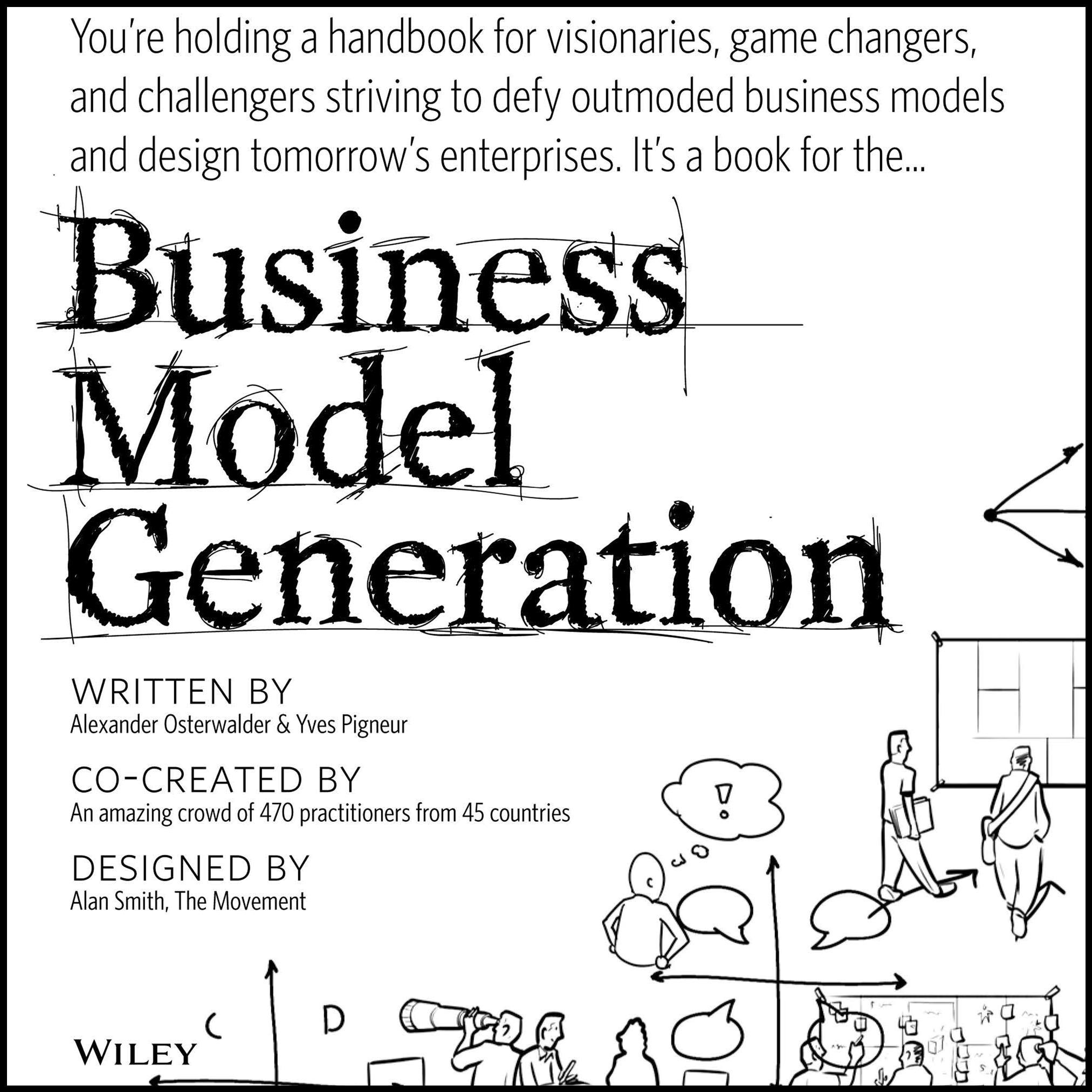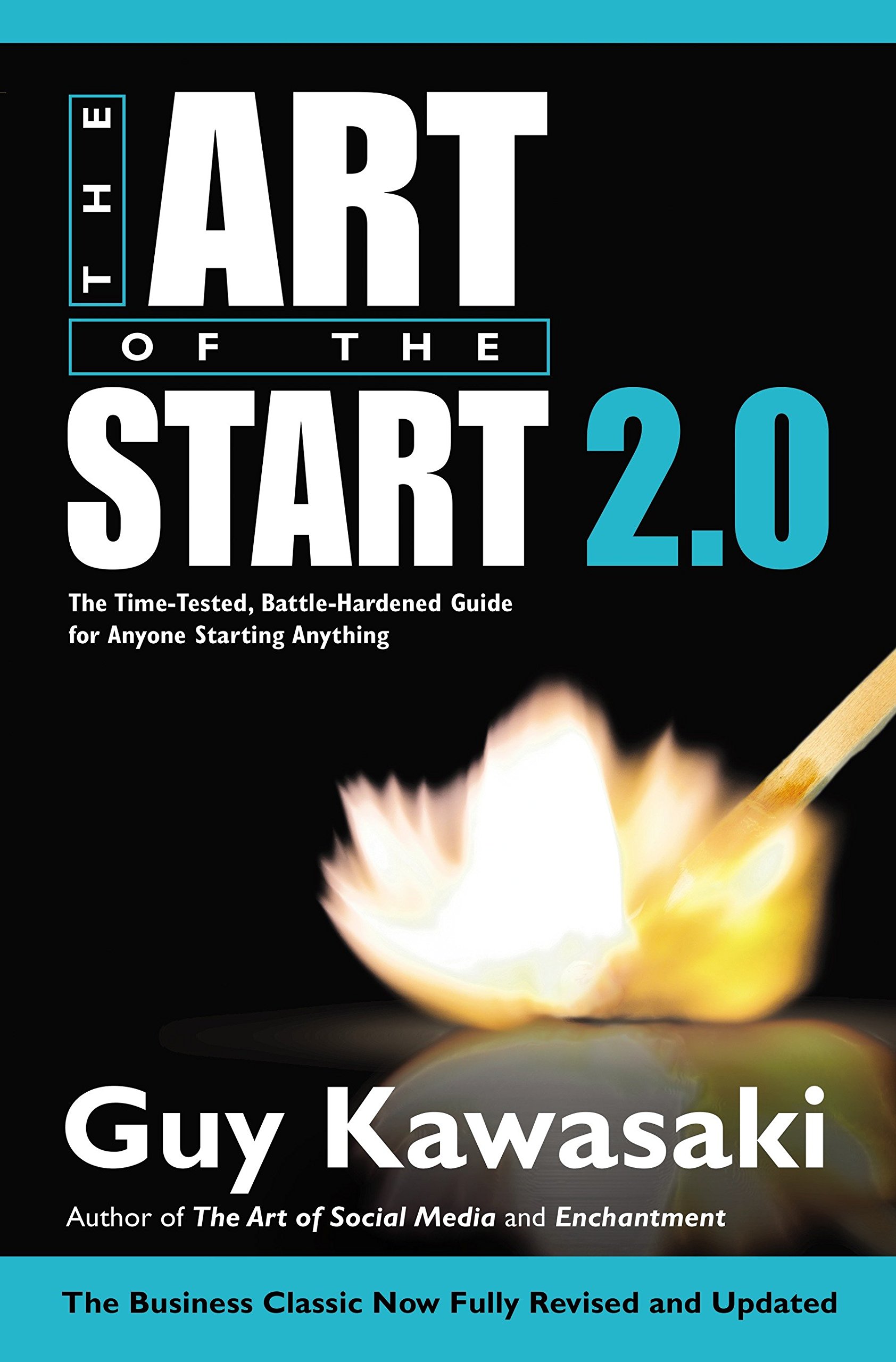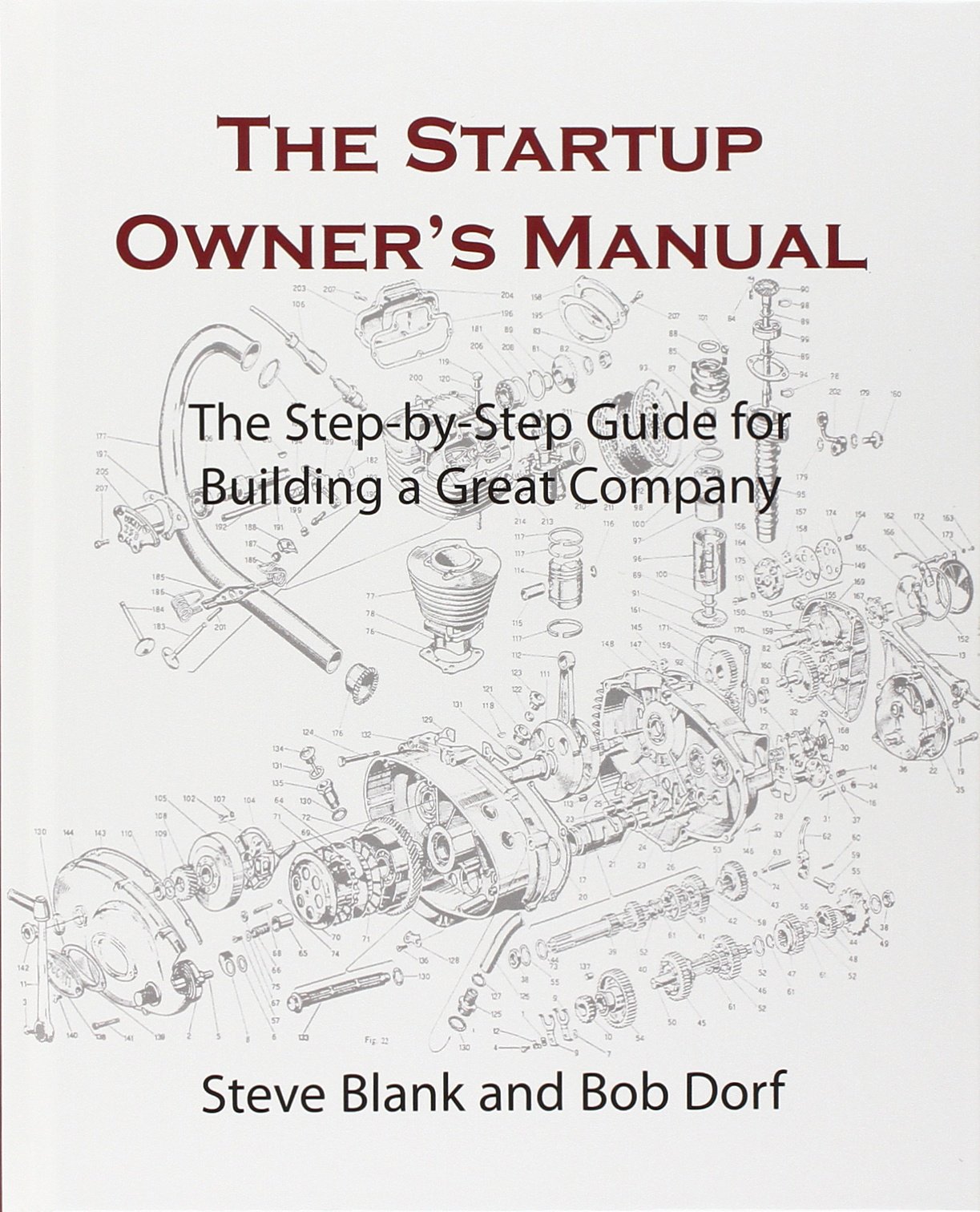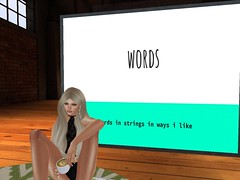10 Tools to Help You Stay Productive While Working from Home
Over the last few years, both Yen and I have used a ton of different applications to help us stay focused and productive. We’ve seen a lot of people saying that they’re struggling with working from home, so we wanted to share some of the apps and browser extensions we’ve found that were super helpful!
We’ve broken these tools up into three sections: Task and project managers, accountability, and staying on task. We hope these tools will be helpful to you, whether you’ve worked from home for a while or if you are just starting to work from home.
Task and Project Managers
Todoist
Todoist is a task and project manager app you can use on your computer and phone. It’s been around a long time and it has a lot of options for integrations with other organization software. You can even use it to prioritize things like email and they also work in some gamification by having achievements and streaks.
Asana
Asana is another project manager and it works a lot like a Kanban board. Tasks are organized in cards and you can progress them through the board as you work through and complete them. Asana is really good for people who like to have a visual representation of the different stages of their project. It also has a timeline view, so users can look at the timeline as a whole.
Monday
Monday has a similar Asana, it’s a project and task manager. Each of these progams has a different user interface and different pricing plans, so we suggest you take time and try out each system and see what works best for you. Good productivity often comes out of finding the tools that mesh best with your work style.
Trello
Trello can be used in a variety of ways. You can create various boards and then create lists within them. From there, you can add cards to lists.
You could create a shared board that has a repository of resources that you/your team can access. We’ve used it to plot out our content calendars by month, so each list represents a month of the year and we put all our tasks and planned content for that month in that list.
If you like Kanban tables, you could easily create them in Trello as well. Their free version has a lot of versatility. Go here for Aubrey’s blog on Trello.
Accountability
Slack/Discord and Accountability Buddies
You can use apps like Slack or Discord (or even good old email) to co-work with each other virtually and help keep each other on task. I talked about this more over on my blog on The Taming of the Muse, but having friends who you are accountable to is a great way to stay on task. Discord and Slack make it easy to create a space to talk, check-in and collaborate. If you’re writing, they also have bots like SprintoBot you can use to time your productivity sprints. Check out Aubrey’s blog here for more information about co-working virtually.
RescueTime
Rescue Time tracks your time spent on different sorts of apps, so that you get a good idea of where you are spending your time. You can check your progress daily and they also send you a weekly report that shows you how much time you spent focusing on productive applications and programs and how much time you spent on things like social media or games.
Staying On Task
Momentum
Momentum is a browser extension that replaces the typical screen when you open a new tab in your browser. You can put in your main focus for the day and every time you open up a new browser tab, you will be presented with a reminder for that focus as well as a peaceful wallpaper and a small inspirational quote. You can also create a small Todo list or even integrate Momentum with apps like Todoist. If you’re like me and you open a million new tabs daily, it’s a great reminder to help you stay on task.
StayFocusd
StayFocusd is a free browser extension that sits on the toolbar of your browser. It will block out all other websites except the one you want to use. You can also set a timer with it so you can limit how long you are allowed to look at certain sites.
Freedom
Freedom is a program that will not only block websites, but apps, as well. If you have trouble focusing on the program you’re supposed to be using and are distracted by other programs, this is a good option to keep yourself on track. Freedom has a monthly subscription as well as a forever plan.
StrictWorkflow
Strictworkflow also uses Pomodoros, but it makes it very difficult to try and break your Pomodoro. If you want to access a blacklisted site during “work time” you will have to uninstall the app completely, so it’s sort of the nuclear option for browsers. You can edit what sites are in your blacklist to add which sites are the most distracting for you. You can change the work/break times as needed to fit your needs, it also has a ringer option, so you can hear the timer go off and start your next work/break time. It’s a free browser extension.











